60 Day Probation Period Letter Template for Employers
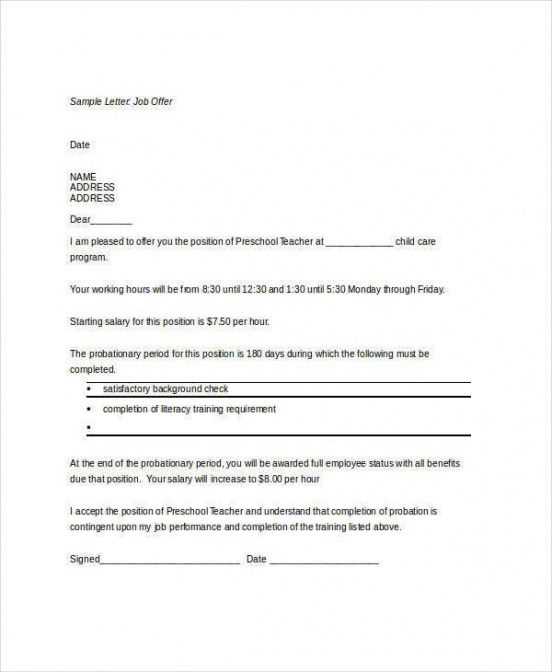
During the initial phase of employment, it’s important for employers to establish clear communication with new hires. This process helps ensure that expectations are understood, feedback is given, and progress is assessed. One key part of this process involves providing employees with a written document that outlines their progress and next steps.
Why a Formal Document Matters
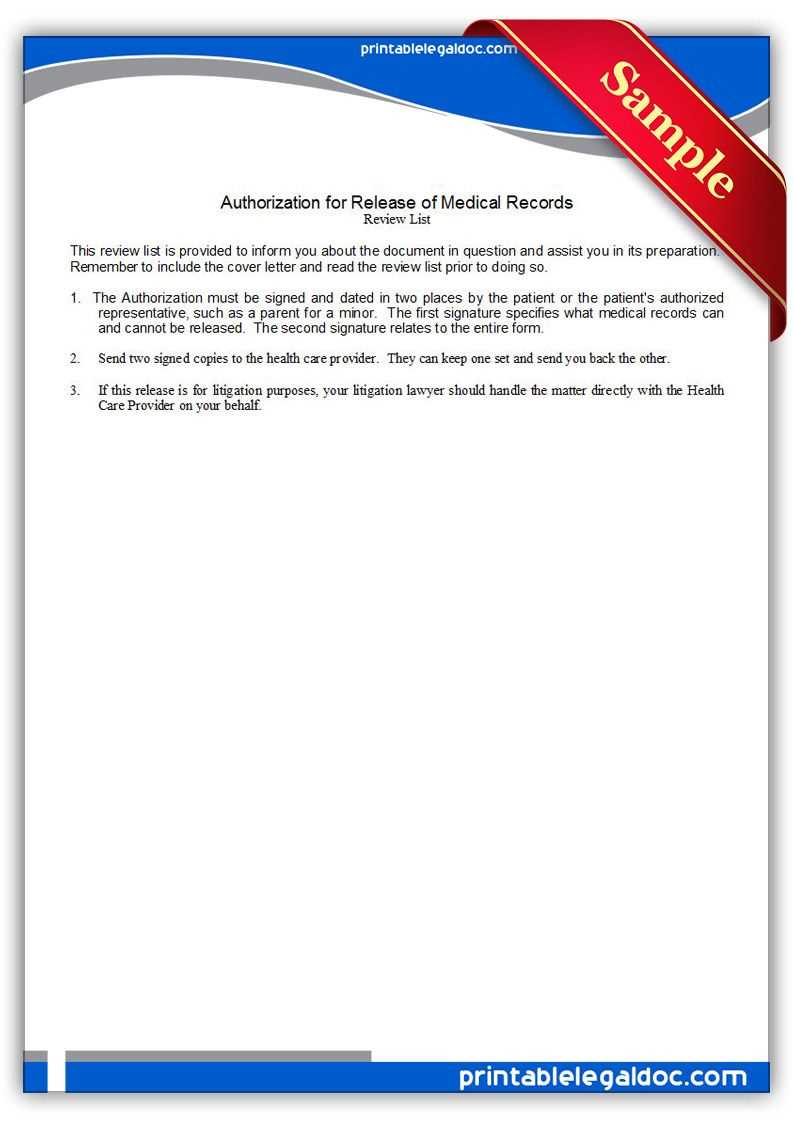
Providing a structured communication helps both the employer and employee stay aligned. It allows employers to share feedback, clarify expectations, and set goals for improvement if necessary. Additionally, having a formal record ensures that both parties are on the same page and can refer back to it if needed.
Essential Components to Include
- Introduction: Briefly summarize the employee’s progress and outline the purpose of the document.
- Performance Assessment: Provide feedback on key areas such as job skills, work ethic, and overall contributions.
- Next Steps: Clearly state what is expected in the upcoming weeks, including any goals or improvements needed.
- Support and Guidance: Offer resources or mentorship opportunities to help the employee succeed.
Best Practices for Writing a Review
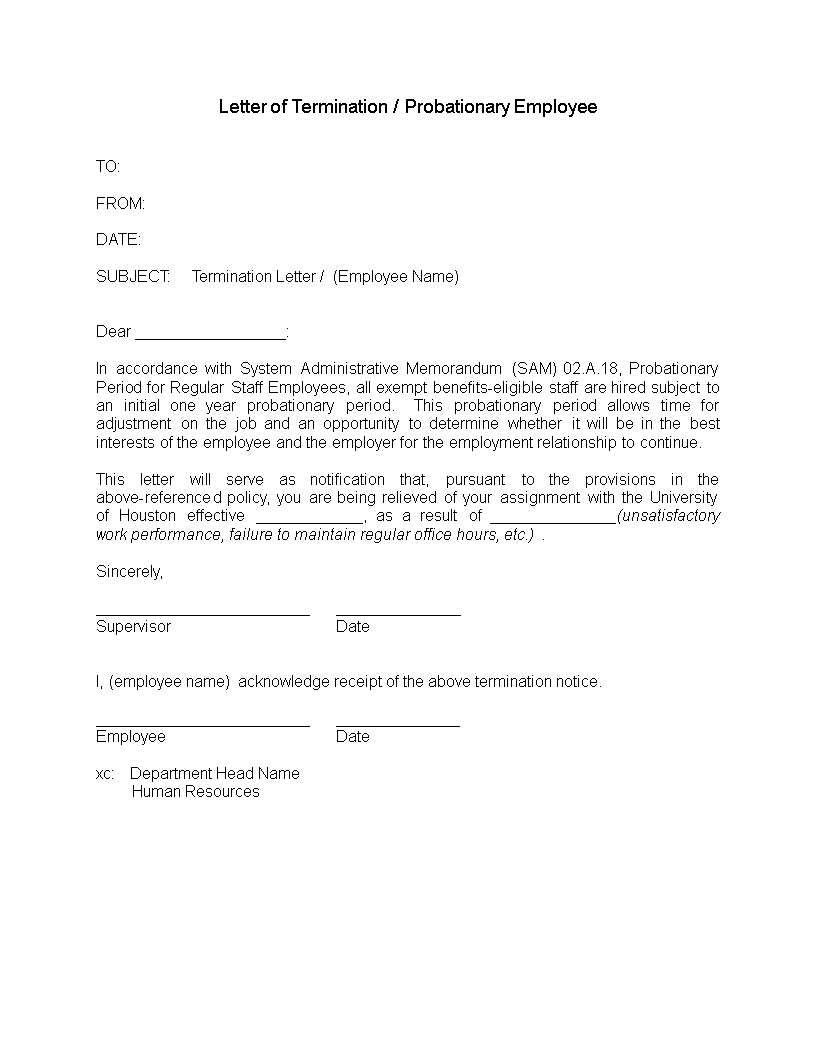
When crafting this document, clarity is key. Make sure the language is direct and concise, avoiding any ambiguity. Keep the tone professional but encouraging. While it’s important to point out areas for improvement, it’s equally crucial to highlight strengths and contributions to create a balanced review.
How to Tailor the Document for Each Employee
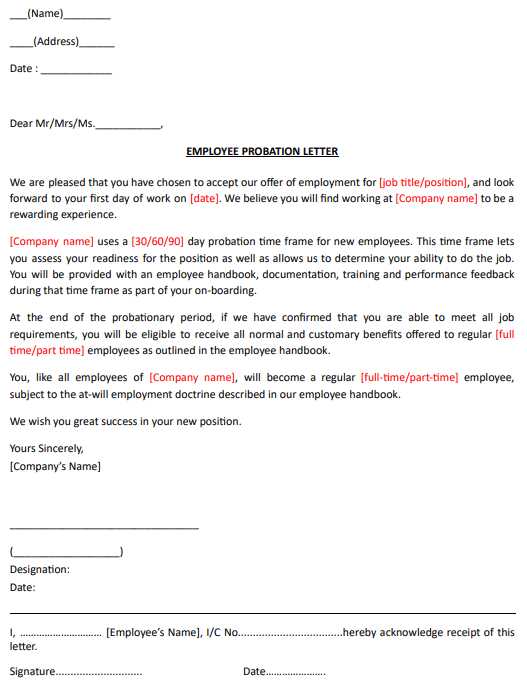
Personalization is important when creating these documents. While templates provide a helpful structure, ensure that each review addresses the specific circumstances of the individual’s performance. This personalized approach not only makes the feedback more relevant but also shows employees that their work is truly being considered.
Employers can also incorporate feedback from various sources, including peers and managers, to provide a well-rounded perspective on the employee’s progress. This ensures a more comprehensive evaluation that is both fair and motivating.
Understanding the Initial Evaluation Stage and Key Communication
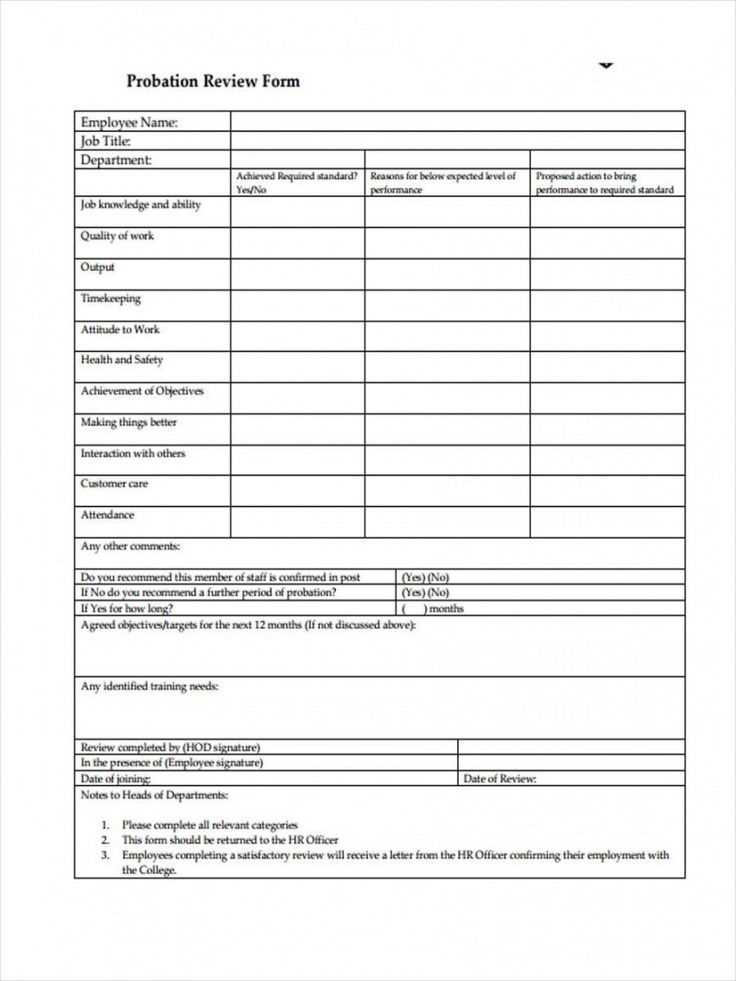
When an employee joins a company, it’s important to regularly assess their performance and provide feedback. This evaluation period is a chance to determine if the employee fits well with the organization, and it also gives the individual an opportunity to understand the expectations and make improvements if needed. Clear communication during this stage is essential for both parties to ensure success moving forward.
Why a Formal Communication is Important
Formal communication ensures transparency and mutual understanding. It serves as an official record of feedback and expectations, providing the employee with a clear sense of what is expected and how they are performing. Additionally, it creates a reference point for future assessments and allows both the employer and employee to track progress.
Essential Elements to Include in the Evaluation
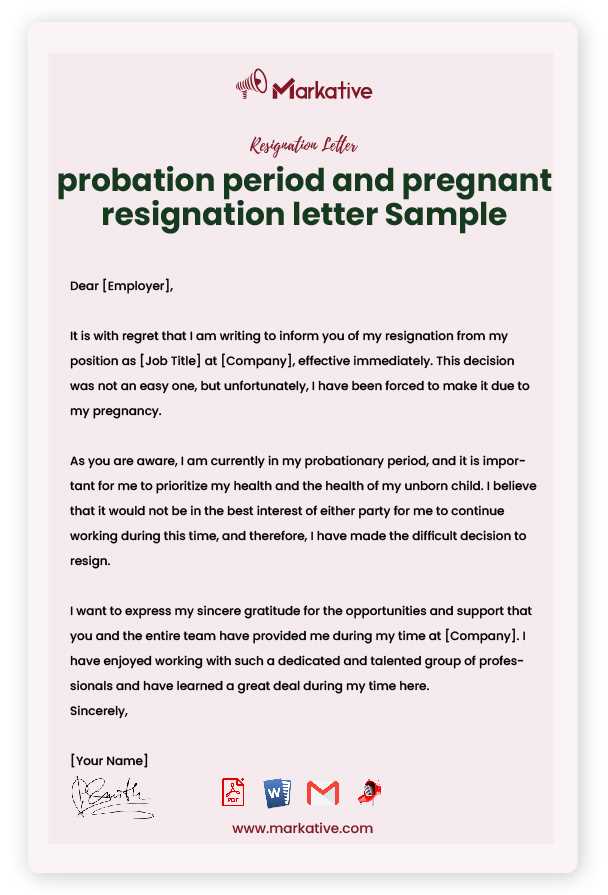
- Overview of Progress: A summary of the employee’s achievements and areas of focus during the review period.
- Performance Feedback: Constructive comments on job-related tasks, goals met, and any skills requiring development.
- Expectations for the Future: Clear goals and areas for improvement for the remainder of the evaluation stage.
- Support and Resources: Offers of additional training, mentorship, or resources to help the employee succeed.
In this communication, it’s crucial to strike a balance between positive feedback and constructive criticism. Highlighting the employee’s strengths while pointing out areas for development ensures a well-rounded and motivating message.
Best Practices for Drafting the Document
When writing this document, make sure to keep the tone professional and supportive. Use clear, direct language to avoid confusion and ensure the employee fully understands the feedback. It’s also important to maintain consistency in the language used across evaluations, ensuring fairness and clarity.
Common Mistakes to Avoid
Avoid vague language and unclear expectations. It’s also essential not to focus solely on shortcomings; this can be demotivating. Instead, offer a balanced approach, emphasizing achievements while guiding the employee on areas to improve.
How to Adapt the Communication to Each Individual
Each employee’s progress is unique, and personalizing the evaluation helps to ensure that feedback is relevant and useful. Tailor your communication to the specific goals and challenges the individual faces, and incorporate any specific feedback or observations from team members or managers.